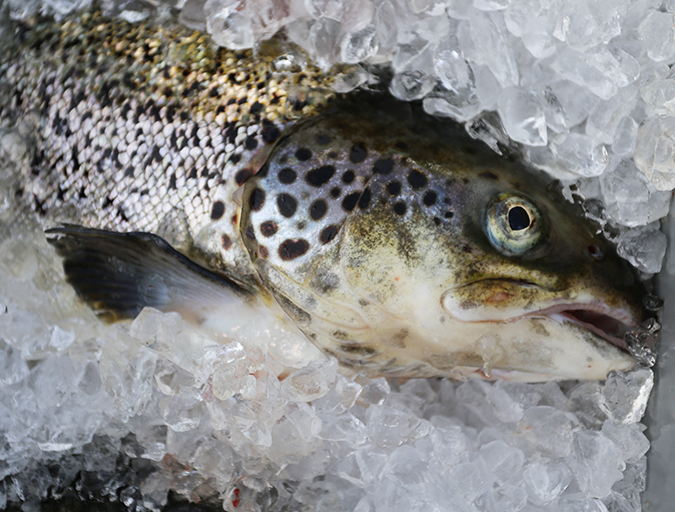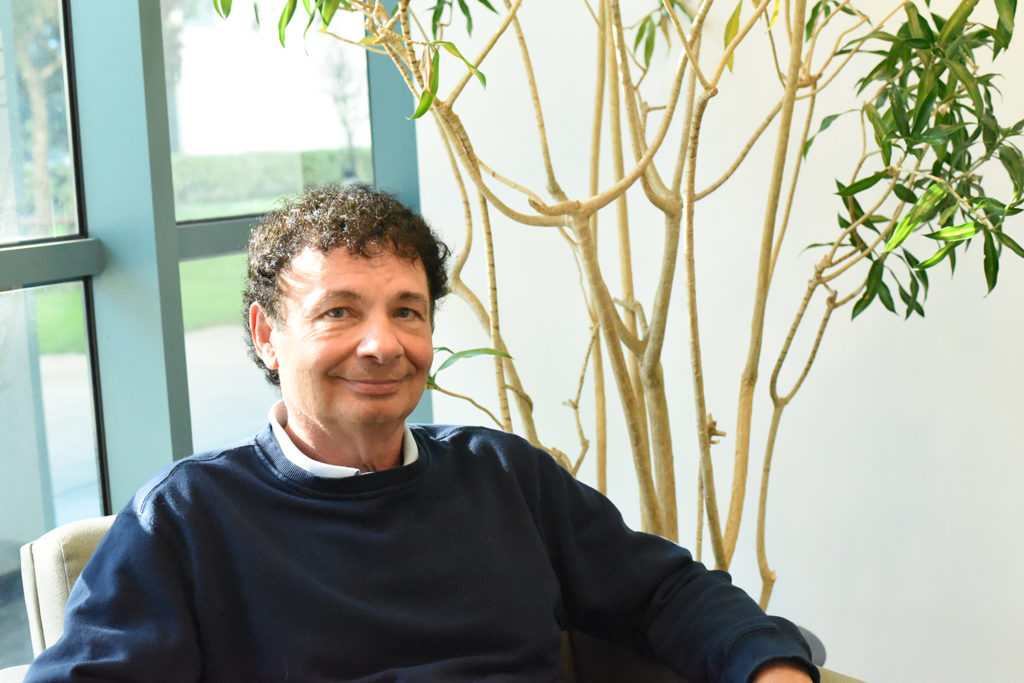DFAT’s Blue Economy Challenge to reward sustainability solutions

Nearly 19 million people around the world were employed in the aquaculture sector in 2012, according to the United Nations’ Food and Agriculture Organization. Ninety percent of these fish farmers are identified as small-scale producers in developing countries, mostly in Asia, Africa and Latin America.
Many of these fish farmers lack access to the latest technology and best practices, slowing progress for sectorwide sustainability. The Australian government’s Blue Economy Challenge (BEC), which launched in February, aims to improve productivity and ocean health in the Indian Ocean.
“As much of the world’s aquaculture is taking place in developing countries, it is essential that these farms are productive, economically and environmentally sustainable and that farmers can benefit from the latest technological and scientific advances,” said Stephanie Kimber, BEC program manager and innovation officer at innovationXchange, a program of Australia’s Department of Foreign Affairs and Trade.
The challenge — also supported by the World Wildlife Fund and conservation technology organization Conservation X Labs — has already attracted global interest, with $3 million (AUS) in prize money up for grabs. There will be three major challenges: Rethinking Feed for Aquaculture, New Ocean Products and Sustainable Design. Kimber expects many more applicants as the June 30 deadline for submissions approaches. But what’s more important than the size of the field is the “transformative nature” of the ideas, she added.
“We are really looking for those ideas that will have maximum impact in a developing-country setting,” Kimber said, citing examples like Bangladesh, Maldives, Sri Lanka, Comoros and Indonesia.
The organizers are looking for something greater than incremental improvements. With a growing global population expected to swell to more than 9 billion by 2050, aquaculture can play a significant role in producing enough protein for the planet —the industry already produces roughly half of the seafood that consumers eat around the world.
We are really looking for those ideas that will have maximum impact in a developing-country setting.
The Blue Economy Challenge is looking for novel approaches to meet increased demand, protect environmental resources, contribute to the elimination of destructive fishing practices and provide food and economic security in regions where many people rely on fish for the majority of their animal proteins.
Grants of up to $750,000 (AUS) each will be rewarded to winners, which will be determined on quality and ability to transform aquaculture practices. Kimber said feed is a critical issue, based on input from global experts in aquaculture.
“To an outsider, it seems an obvious question: Why are we using wild fish to feed captive fish? It cannot be sustainable in the long run,” said Kimber. “But we need to ensure that any replacements that are developed will match the nutritional quality, cost and production scale of existing products.”
The New Ocean Products category provides an incentive to create new markets for diverse food or other consumer products, while the Sustainable Design category encourages applicants to “fundamentally rethink many of the constraints around aquaculture systems,” said Kimber.
Winners of the contest will be announced in late 2016.
Now that you've reached the end of the article ...
… please consider supporting GSA’s mission to advance responsible seafood practices through education, advocacy and third-party assurances. The Advocate aims to document the evolution of responsible seafood practices and share the expansive knowledge of our vast network of contributors.
By becoming a Global Seafood Alliance member, you’re ensuring that all of the pre-competitive work we do through member benefits, resources and events can continue. Individual membership costs just $50 a year.
Not a GSA member? Join us.
Author
-

James Wright
Editorial Manager
Global Aquaculture Alliance
Portsmouth, NH, USA
Tagged With
Related Posts

Aquafeeds
F3 Prize: Putting money where fish’s mouths are
Interest is growing in a two-year-long competition aimed at driving innovation in the aquafeed sector. The F3 prize for a demonstrably fish-free feed comes with a cash reward, and possibly a glimpse at the future.

Aquafeeds
Why I chose to judge the F3 challenge
In an opinion piece for the Advocate, the director of ocean sustainability science at the New England Aquarium talks about the F3 Challenge and what the first X Prize for aquaculture could do for the industry: drive innovation.

Aquafeeds
Fishmeal-free Atlantic salmon feed formulation shows promise
A recent study evaluated the effects of a fishmeal-free diet on Atlantic salmon performance and fillet quality during successful growout to market-size in a commercial-scale, land-based, closed-containment system using water recirculation technology. Test fish performed well, with 97 percent survival during the 10-month growout period.

Innovation & Investment
Aquafeed ingredient AlgaPrime wins GAA Innovation Award
A proliferation of alternative feed ingredients has allowed aquaculture to extend the natural resources it depends on. AlgaPrime, packed with the long-chain omega-3 fatty acid DHA, is being recognized as a game-changing innovation for aquaculture feeds.


